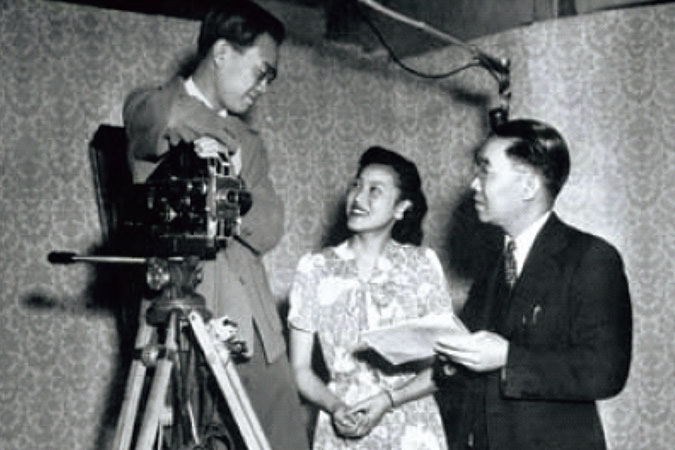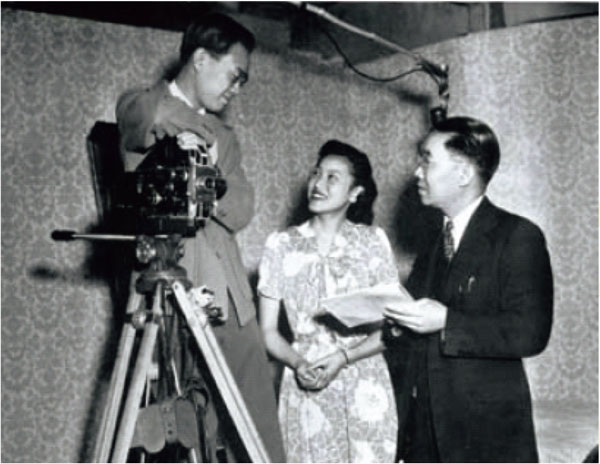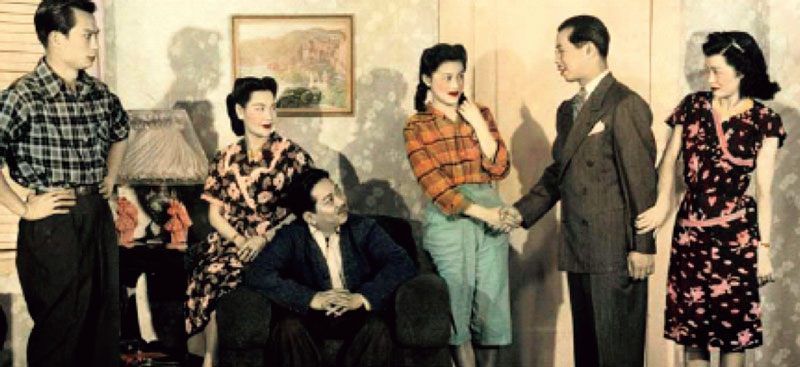Films and identities of Chinese immigrants: breaking out of the framework of national cinema

| Chinese Film Studies |
Films and identities of Chinese immigrants: breaking out of the framework of national cinema
 Book written by Professor Han: Nashonaru Shinema no Kanata nite: Chugoku-kei Imin no Eiga to Nashonaru Aidentiti [BEYOND NATIONAL CINEMA – Overseas Chinese Cinema and National Identity] (Koyo Shobo, 2014)
Book written by Professor Han: Nashonaru Shinema no Kanata nite: Chugoku-kei Imin no Eiga to Nashonaru Aidentiti [BEYOND NATIONAL CINEMA – Overseas Chinese Cinema and National Identity] (Koyo Shobo, 2014)

When I was in graduate school, my mentor told me that one should do research that relates to one’s way of life, which left me feeling ashamed inside. As a specialist in film history, I thought that my job as a researcher was to analyze historical descriptions and footage with a cold and dispassionate eye. But in retrospect, my research on Chinese-language films made by Chinese immigrants living outside of mainland China and the issue of identity may have been unconsciously influenced by my mentor’s words.
In film studies, the mainstream research method is to use nationality as an indicator to classify and critique films. However, there are issues in film history that can no longer be captured with such a country-based approach to film studies. If we consider the case of Chinese-language films, Chinese immigrants began to make films in their native language in foreign lands – places other than mainland China, such as the United States and Southeast Asia – from around the early 1930s, when “talkie” films became very popular. For example, in 1933, in San Francisco’s Chinatown, a film production company was established by Chinese immigrants that even built its own movie theater there. By the 1950s, dozens of Cantonese-language films had been produced there that did not fit into any national cinema framework that would have attached the name of a country to the film.
The process of immigrants’ construction and transformation of their identity, not only in the U.S. but also elsewhere, left a diverse array of imprints on these Chinese-language films, which had no clear nationality and were produced in various places at various times. By focusing on these unknown Chinese-language films as texts in their own right, we can explore the complex mental geography of Chinese immigrants, something that cannot be investigated through history or anthropology alone. This research was also a journey of introspection for me as an expatriate. As a Han Chinese born, raised and educated in China in the Chinese language, my research has given me an opportunity to rethink what it means to call myself “Chinese.” For those of us searching for a way of life as “individuals” not simply buried in the assimilation of a centralized national identity, it is my sincere hope that the politics by which immigrants’ identities were constructed will provide us with a set of coordinates by which to come to grips with our own new identities.


* This article was originally printed in Tansei 44 (Japanese language only). All information in this article is as of March 2022.



 By Yanli Han
By Yanli Han


